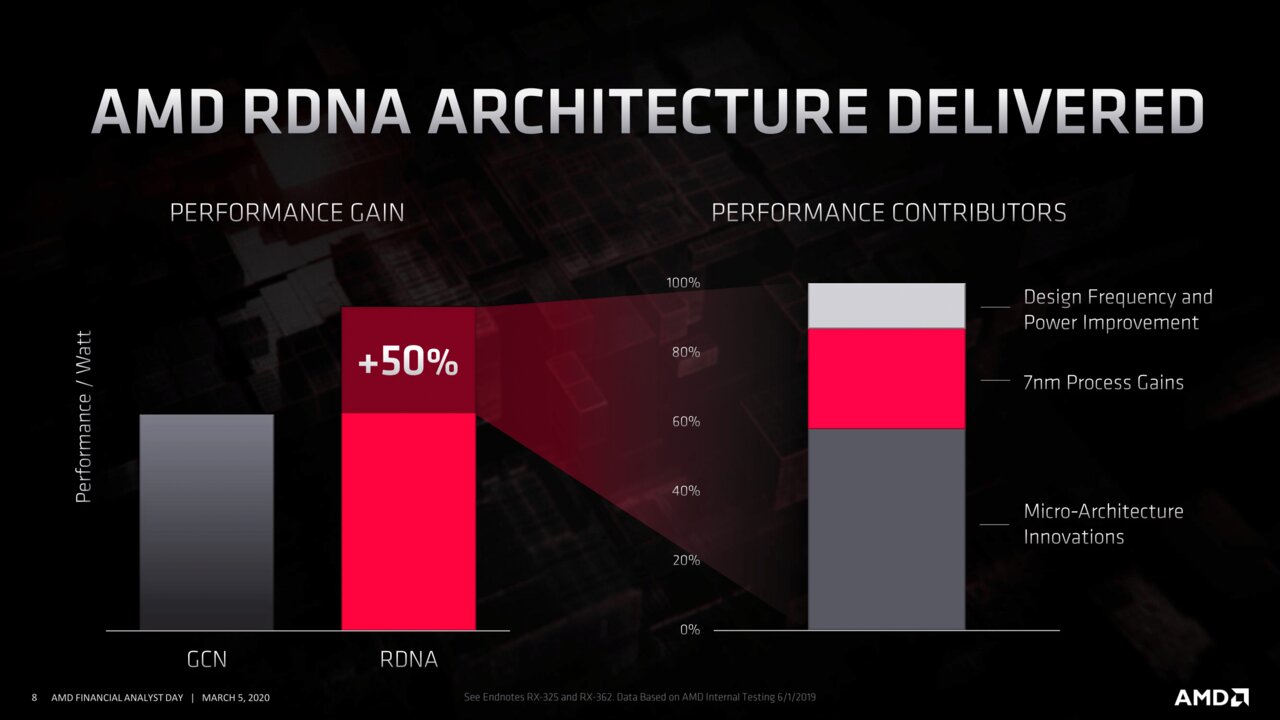Bondrewd
Veteran
Wasn't this supposed to be shown at GDC (before it dies, that is)?Artistically this demo might be quite garish, but at least it does the job of showing off the kind of things only RT can do. In that reggard, I think that was the most un-umbiguous demos of that thus far. Like: Yes, the whole fucking screen can be covered with reflective surfaces of both specular and glossy variety and things will look right. That means artists can throw watever content at this and you will get proper reflections there.
I'd rather get ugly but didactic demos than "what am I supposed to se here" ones like Metro's.


